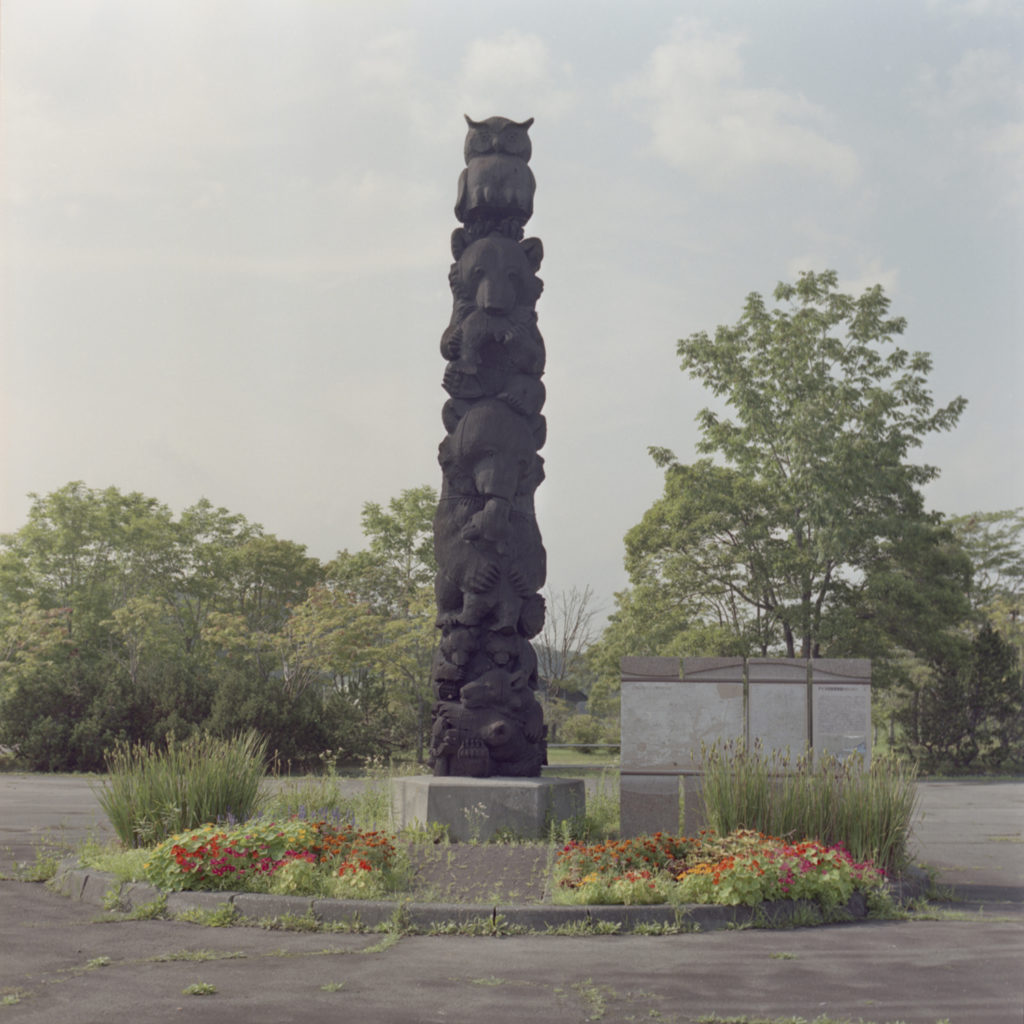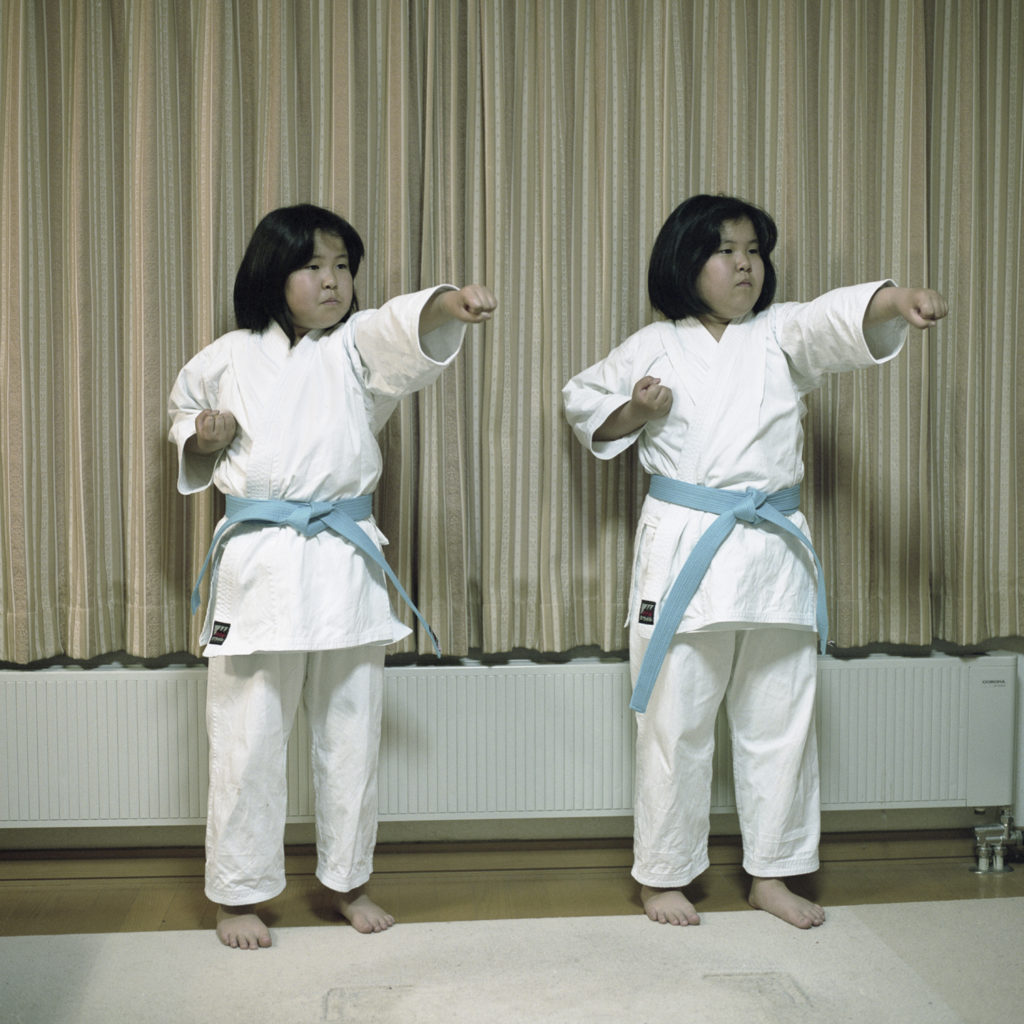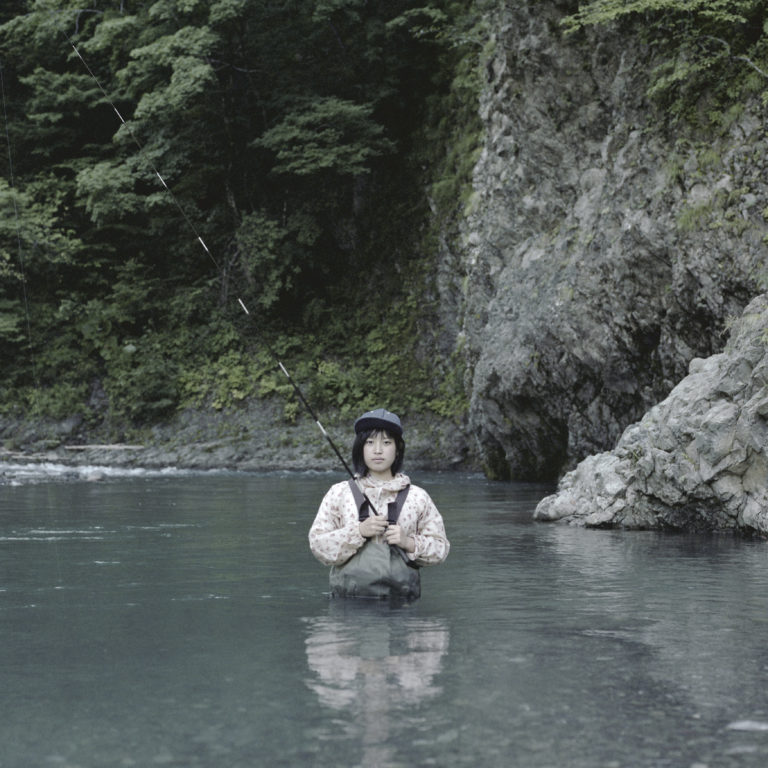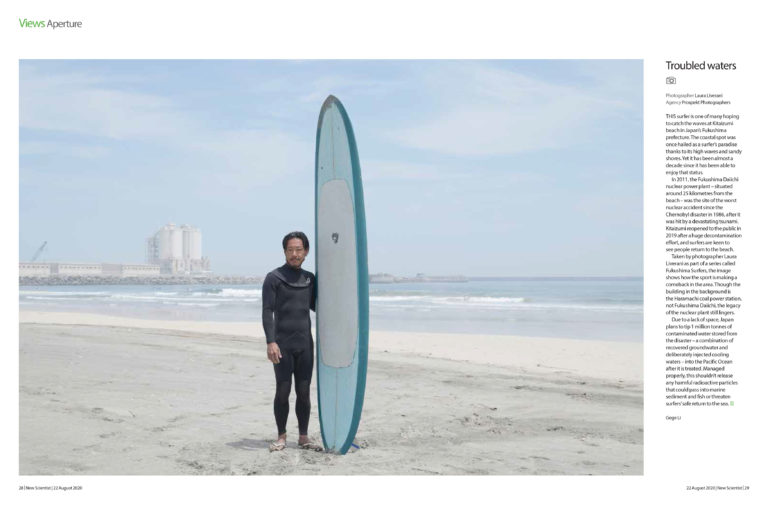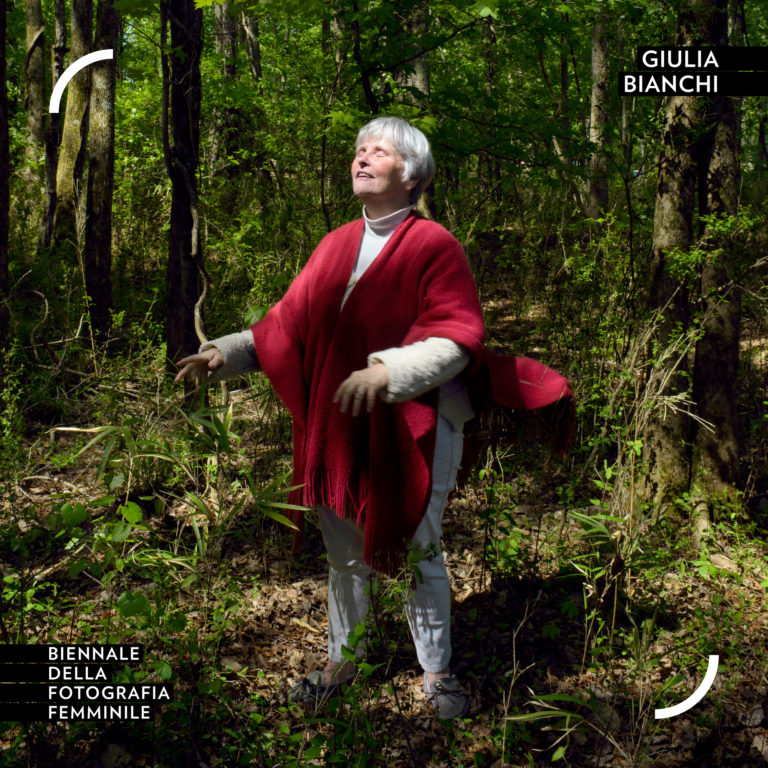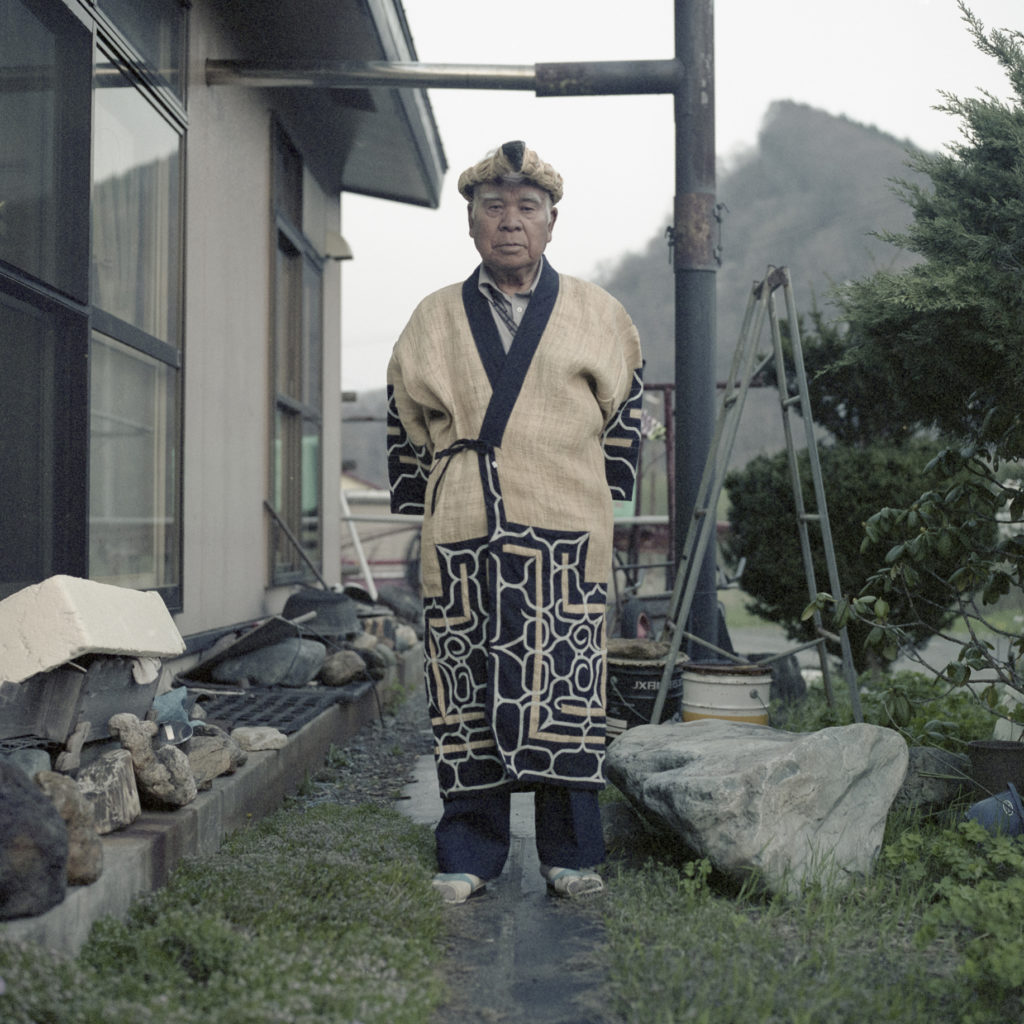
On October 6th opens in Tokyo at the prestigious G/P Gallery the solo show “Ainu Neno An Ainu” by Laura Liverani. The exhibition will be on display till October 27th.
Not everyone knows that Japan has its own aboriginal people. The Ainu, the ‘white people’ as they were called by last century ethnographers for their caucasian features, are still little known outside Japan. On average, even the Japanese do not know much about Ainu history and culture. Some have even claimed the Ainu don’t exist anymore. Remembered by most for their picturesque tattooed lips and bear ritual sacrifices, the Ainu today are still battling to be fully recognized. In the wake of the 2020 Olympics, the Ainu are raising their voices to achieve full acknowledgement at home and abroad, in a struggle against invisibility that has never halted.
Between the late 1800s and the early 1900s, foreign travelers and ethnographers, such as Isabella Bird and Fosco Maraini, met and studied the Ainu, leaving accounts of their disappearing lifestyle. By the 1950s Ainu- themed tourism was already starting to boom; even today, in villages such as Shiraoi and Akan, the Ainu community perform dances and carve souvenirs for tourists. By the 2020 Olympics the Ainu museum of Shiraoi will be implemented to attract more visitors and become an international attraction. In other smaller centers such as Nibutani, a Hokkaido village where the population of Ainu descent is over 70%, there are few tourists. The village has been a prominent site of Ainu history and culture. Surrounded by mountains and forests, Nibutani is cut in half by a major state highway. The road runs almost parallel to the Saru, a sacred river to its indigenous people. Only those with a keen interest in Ainu culture come to visit the local museums. Nibutani, where most of the portraits were taken, is a tight-knit community of around 400 people. Here, personal stories show how the Ainu legacy has been shaping villages and communities across Japan’s northernmost island.
